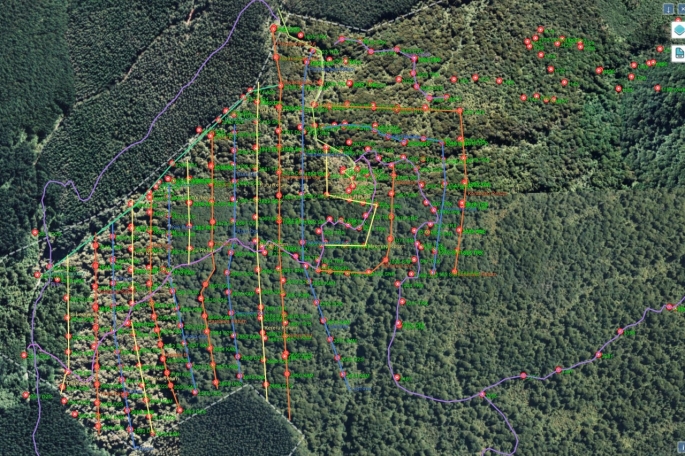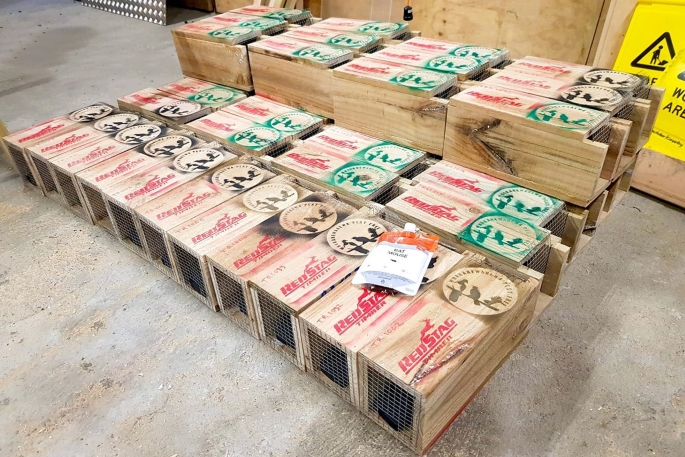A keen group of local volunteers are making a big dent in the pest population in the Whakarewarewa Forest.
After two years, thousands of volunteer hours, $60,000 in donations and 400 traps, the Whakarewarewa Pest Free Trust has completed ‘Trappy o Tawa'.
The work started after discussions between a group of Red Stag Timber employees about the high number of pests seen around the site and on the main road into the mill at Waipa.
"Watching a pukeko chick get killed by a stoat behind one of the fences was the incident that led to us doing something about it," says Red Stag project manager Anthony Garea.
"After discussions with Rotorua Canopy Tours about how they laid out their network, Red Stag Timber sponsored 30 automated traps for use in and around the mill perimeter and the Puarenga Stream with other businesses and private donors giving over $15,000 to the project for signage and additional traps."
Anthony says this was effective in lowering some pest numbers, particularly possums, but did not catch any stoats. Twenty-five Department of Conservation traps were then added which resulted in substantial rat and mustelid catches.
"In general, we favour single-use traps due to a lower capital cost and higher strike rate where we have compared them to their automated counterparts," Anthony continues.
"Ease of access to the forest and high volunteer numbers also make them a more attractive proposition than in many other situations."
The Whakarewarewa Pest Free Trust covers approximately 200 hectares including the Tokorangi Triangle, Puarenga Stream, Blue Lake/Tikitapu and Whakarewarewa Forest with around 100 volunteers servicing about 1000 traps throughout the region.
 Trap layout plan for parts of Whakarewarewa Forest.
Trap layout plan for parts of Whakarewarewa Forest.
In the past nine months, the trust has killed over 100 possums and 350 rats throughout the network, with total pest kills sitting around 1500.
"Almost all the boxes for the traps have been made locally using timber donated from Red Stag Timber, local schools have also assisted with construction including Lynmore Primary School and Rotorua Boys' High School," Anthony says.
"The aim of the trust is to increase community involvement in the forest, improve the biodiversity of native species and ultimately provide an avenue for recreational users to give back something to the forest which provides so much to all of us."
Works in the pipeline include the construction of kaka nesting boxes, investigating if the upper Puarenga and Hemo spring could hold native fish with appropriate predator control and potentially fencing some areas to restrict wallaby movements.
"Wallaby numbers are the main area of concern for the trust, but control of them in a recreational area provides many challenges," Anthony adds.
"Several trap designs have been trialled but none have been very successful so far. Working with Timberlands, CNI holdings, the Department of Conservation and Rotorua Lakes Council, it's hoped a solution can be found in the near future."
The trust received a grant from the Grassroots Trust that is allowing the expansion of the existing network to cover the entirety of the Tihi-O-Tawa corridor.
Extensive trap route marking is currently underway, but more volunteers will be required in all areas to help with trap layout and checking.
For more information visit www.whakarewarewapestfree.co.nz.



0 comments
Leave a Comment
You must be logged in to make a comment.